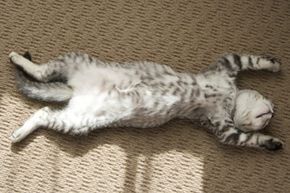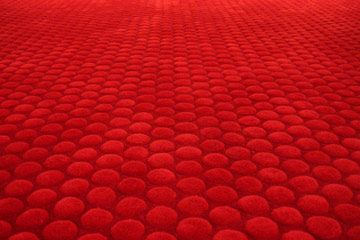If you have your heart set on carpet, you'll want to take the following factors into consideration when making your selection.
Materials
Carpeting is usually made from wool, a natural fiber, or from synthetic fibers like nylon, olefin and polyester. Wool carpet is the softest and most luxurious, is naturally flame-retardant and breaks down more quickly in landfills, but it's more expensive than synthetic carpet and lacks stain resistance.
Those made from polyester or nylon carpet fibers are the most popular because they're a naturally stain-resistant, durable, and affordable carpet. Nylon and polyester carpets are also among the most suitable for households with kids and pets. Olefin and polyester are cheaper than nylon but less durable [source: Bernick; Tremblay and Williams].
Volatile Organic Compounds (VOCs)
Carpet and other common materials found in homes may contain VOCs. These chemicals can cause eye, nose and throat irritation and have neurological effects [source: Environmental Protection Agency].
Newer carpets contain lower levels of VOCs, and carpets that carry The Carpet and Rug Institute's Green Label are certified to be low-VOC. Manufacturing of newer carpets may also require less water and energy, and they're often made from recycled materials [source: The Carpet and Rug Institute: Sustainability Report 2008].



